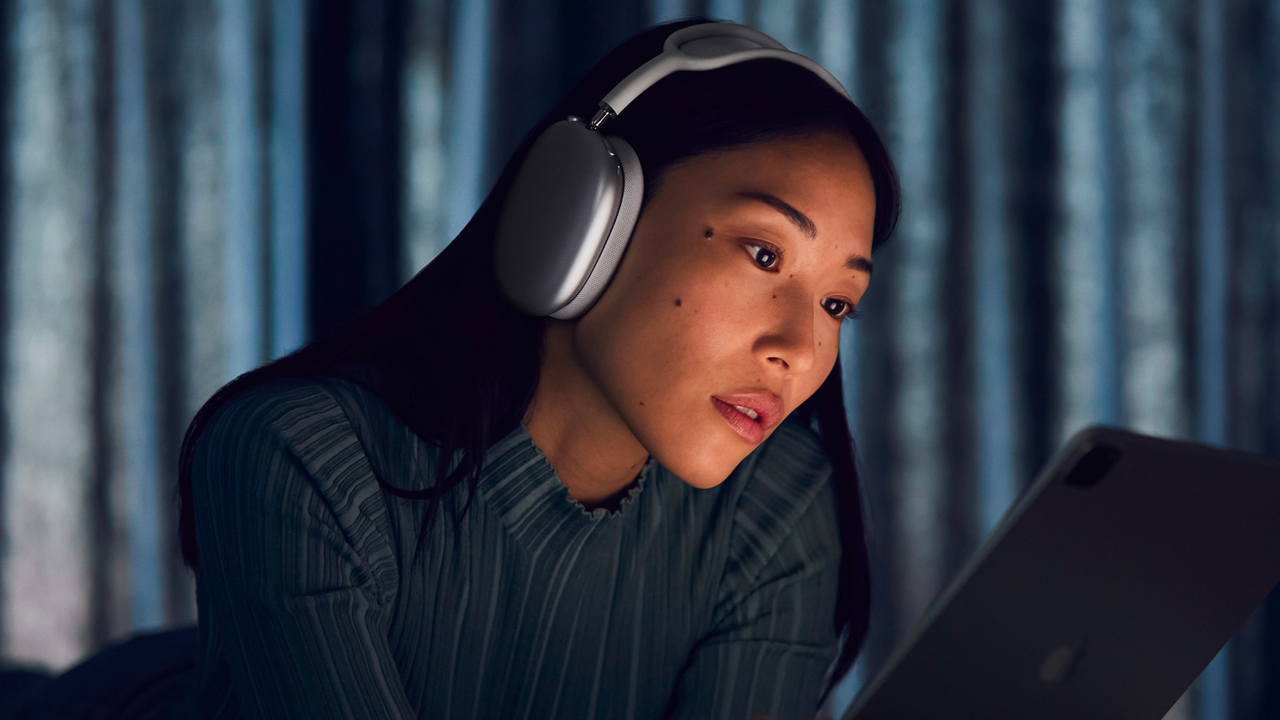Apple Spatial Audio music turns 1: how did I live without head-tracked Dolby Atmos?
Over the past 12 months, Apple Music's Spatial Audio output changed AirPods, in the best possible way .

The phonograph was invented in 1877 by Thomas Edison, the first commercial compact disc was released in 1982 (Billy Joel's 52nd Street, funnily enough), Spotify was founded in 2006, and Apple Music launched its proprietary Spatial Audio music streaming output with Dolby Atmos in June 2021.
These are key consumer audio moments now etched in time or, to unashamedly quote one of my favorite Coheed and Cambria tracks, cuts marked in the march of man.
And as with the turntables coveted in specialist windows across the globe, the CDs we bought at the Virgin Megastore or the streaming platforms myself and most of my friends eagerly signed up for, early adopters of Apple's immersive and masterful technology for Spatial Audio music quickly became dyed-in-the-wool converts. And I am one of them.
I was working on TechRadar's sister publication, What Hi-Fi?, last year, and I would not rest until Apple's Spatial Audio won our award for Innovation of the Year 2021, marking it as a crucial feature among the best music streaming services. (Oh, there were some heated discussions).
You see, for once, Apple had not discriminated against those who couldn't afford its products – Spatial Audio worked with all headphones from the get go, provided you turned it on in your device's settings. Then, it got even better, as Android devices gained support and the rollout came to my beloved Apple HomePod – although, admittedly, you still can't get it on the HomePod mini.
The biggie for me was dynamic head tracking. Yes, it debuted for supported content when Apple's Spatial Audio was introduced as an iOS 14 feature in 2020, but until September 2021 it was absent from Apple's own Apple Music offering. That changed with iOS 15, and although users still need AirPods Pro, AirPods 3 or AirPods Max and an Apple source device to take advantage of dynamic head tracking, it is here that buying into Apple-branded products is, for my money, worth it.
Opinion: you have to admit it's getting better (it's getting better all the time)
If you've yet to experience it, we've compiled lists and love letters to the format, including 10 albums you need to hear in Apple Music’s Spatial Audio and 10 albums we wish were available in Spatial Audio, but I'd recommend listening to Truth by Alexis Ffrench, The Beatles Abbey Road or Elton John's Greatest Hits.
Get daily insight, inspiration and deals in your inbox
Sign up for breaking news, reviews, opinion, top tech deals, and more.
Want to watch movies and TV in head-tracked Spatial Audio? Try watching Stranger Things: Season 4 on Netflix (remember, you do need a set of AirPods Pro, AirPods Max or AirPods 3 to go with your iOS device here), the opening scene from Gravity, the shoot-out in the most recent James Bond epic, No Time To Die, or practically any scene from Venom, ideally from an iPad Pro 12.9 to a set of AirPods Max. I could go on. But instead, I'll get to the point – because it's only getting better.
At its June 6 WWDC 2022 event, Apple divulged an update for Spatial Audio coming with iOS 16. The news? This time, it's personal.
Craig Federighi, Apple's senior vice president of software engineering, said that with the iOS 16 rollout (due to land in September 2022) users will be able to use their iPhone's TrueDepth camera to create a 'Personalized Spatial Audio' profile. So, tweakable, malleable, changeable Spatial Audio? This I want to hear.
Nobody's asking us to go out and get impressions of our ears from an audiologist just yet either – your iPhone can do the business. OK, it's not the first time we've seen this kind of approach from headphone manufacturers (the Sony Headphones App has been guiding us through photo-shoot style ear scans using our camera phones for a little while now, using its own Sony 360 Reality Audio solution across two generations of its best-selling WH-1000XM4 and WH-1000XM5 over-ears) but Apple's head-tracked Spatial Audio is, in my opinion, a cut above other 5.1, 7.1 and Dolby Atmos signals with applied directional audio filters.
The truly exciting thing is that I think Apple is capable of more where Spatial Audio is concerned. Ultimately I want to be able to virtually stroll through Apple Studio on Savile Row in 1960s London, as The Beatles record Get Back, pausing by Ringo to fully understand what he's playing – and one day, I think that wish might be granted, you know…

Becky became Audio Editor at TechRadar in 2024, but joined the team in 2022 as Senior Staff Writer, focusing on all things hi-fi. Before this, she spent three years at What Hi-Fi? testing and reviewing everything from wallet-friendly wireless earbuds to huge high-end sound systems. Prior to gaining her MA in Journalism in 2018, Becky freelanced as an arts critic alongside a 22-year career as a professional dancer and aerialist – any love of dance starts with a love of music. Becky has previously contributed to Stuff, FourFourTwo and The Stage. When not writing, she can still be found throwing shapes in a dance studio, these days with varying degrees of success.